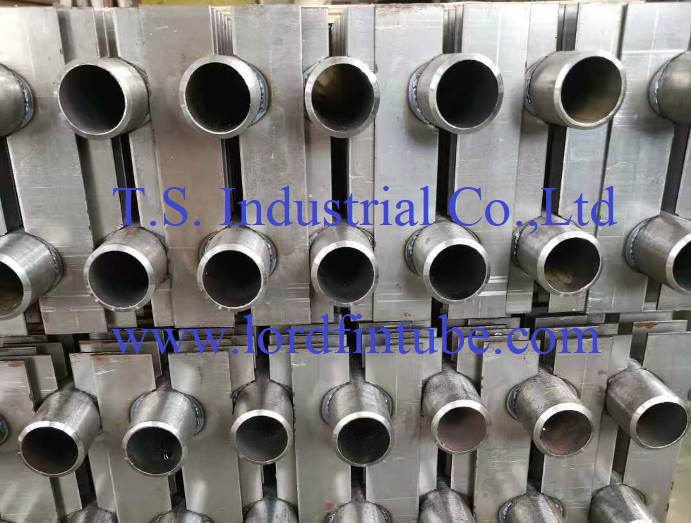What is H type corten finned tube?
H type corten finned tube is H type finned tube and the bare tubes are Corten steel tube.
Corden steel tube is divided into two categories: corten A and corten B. It is the representative steel of Cu-P series steel in the United States. It is a low-alloy high-strength atmospheric corrosion resistant structural steel.
H type corten finned tube is mainly used for economizing gas, air preheater, heat exchanger and evaporator in high sulfur flue gas to resist dew corrosion of sulfur flue gas. It has excellent resistance to sulfur ion, hydrochloric acid and other acid corrosion.
Executive standard of Corden steel pipe:
1. Straight seam high frequency electric welding steel pipe: GB / t13793-92
2. Structural seamless steel pipe: GB / t8162-2008
3. Acceptance, packaging, marking and quality certificate of steel pipe: gb2102-88.
Material for tubes: Corten . For corten, please include the most suitable quality for gas condensation with sulphur and the nomenclatura acc ASME or ASTM
Material for fins: Corten as basis and Carbon Steel as option
Material for bends: Corten as basis and Carbon Steel as option
1.-352 finned bi-tubes of the following characteristics:
Tube: 25x2,6mm MW / Kength:1900mm
Fins: Rectangular / 115x55mm / thk:1,2mm / Pitch:10mm / Length: 1800mm
2.-352 bends / Bending radius: 30mm / Minimum thk after bending 1,9mm / Straight length:50mm
Note: If Finned bi-tube are not possible, are valid 705 finnes tubes with fins of 55x55mm / thk:1,2mm / Pitch:10mm / length:1800mm
H type corten finned tube advantage:
H type corten finned tube is an efficient, economical and mature heat transfer element, which has been widely used in various boiler air preheater products.

Comments
Post a Comment